Old New York’s history is a captivating tale of transformation and influence. From its roots as a Dutch trading post, the city blossomed into a bustling metropolis, its character shaped by diverse cultures and strategic location. The American Revolutionary War brought pivotal clashes, while key figures like Hamilton and Washington left an indelible mark. As the city grew, so too did its role as a global financial center, fueled by the slave trade and the development of the stock market – a legacy that continues to this day. Delving into Old New York’s past reveals how its story is woven into the fabric of American history.
This experience made our list of the 20 Best Historical Tours In New York City.
Key Points
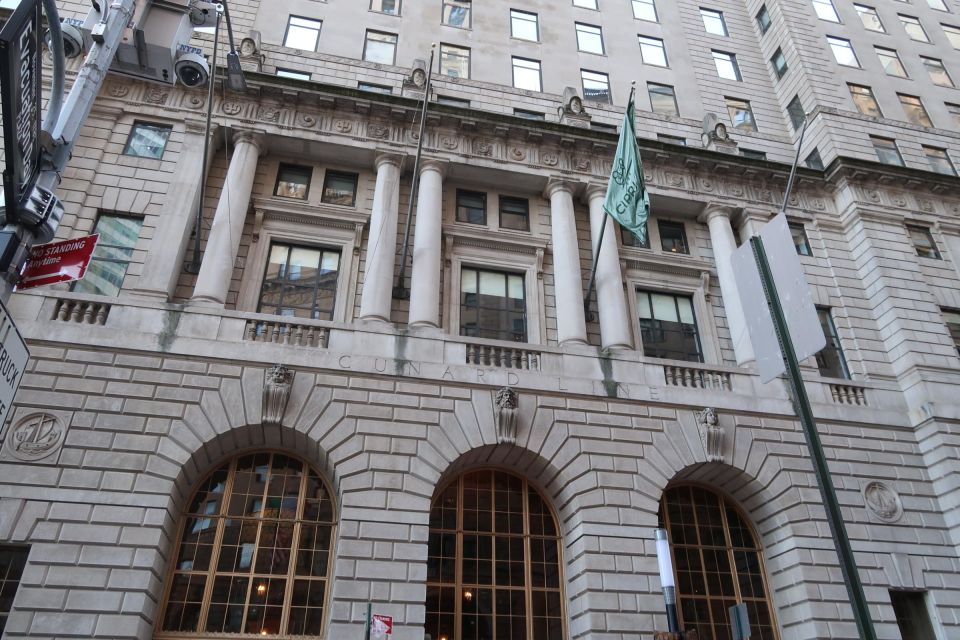
- New Amsterdam was established by Dutch traders in the early 17th century, laying the foundations for the future growth of New York City.
- New York played a pivotal role in the American Revolutionary War, with strategic battles and British occupation shaping the city’s development.
- Key Founding Fathers, including Alexander Hamilton and Thomas Jefferson, significantly influenced the political and economic trajectory of New York.
- The slave trade provided capital that fueled New York’s growth, contributing to the rise of its financial sector and stock market.
- The Buttonwood Agreement of 1792 formalized trading practices, marking a crucial step in the evolution of the New York Stock Exchange into a global financial hub.
Exploring the Dutch Trading Post
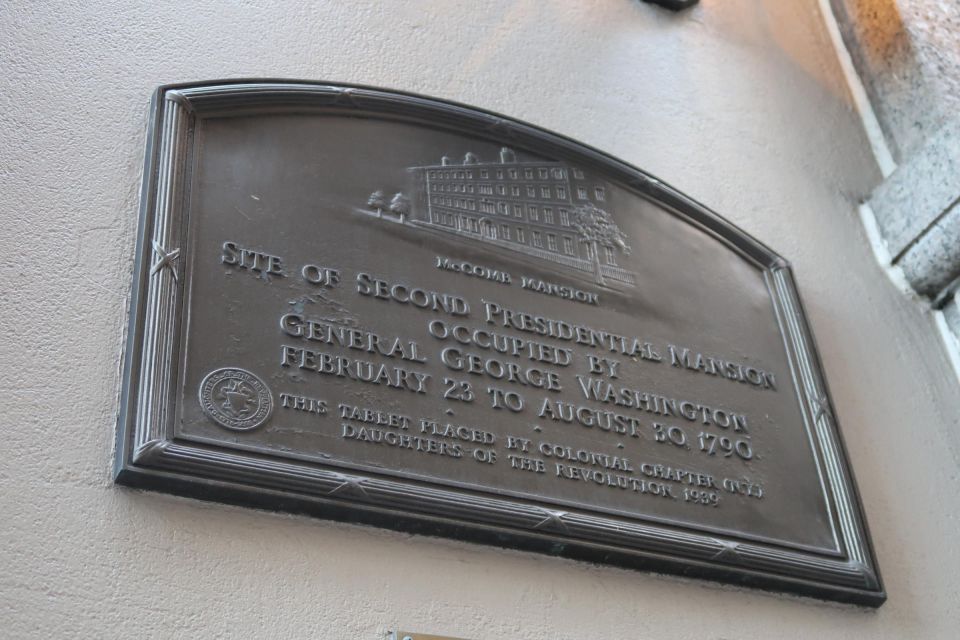
The Dutch settlement of New Amsterdam, established in the early 17th century, laid the foundations for the vibrant metropolis that would become New York City.
The Dutch arrived in the area as fur traders, setting up a trading post on the southern tip of Manhattan Island. Over time, the settlement grew into a bustling town, with a diverse population of Dutch, English, and other European settlers.
The Dutch legacy can still be seen in the architecture and street layout of Lower Manhattan, as well as in the names of many landmarks and neighborhoods. This early Dutch influence shaped the character and development of what would become one of the world’s greatest cities.
You can also read our reviews of more historical tours in New York City
The American Revolutionary War in NYC

As the Dutch colony of New Amsterdam grew into the bustling city of New York, it found itself at the center of the American Revolutionary War. The city’s strategic location on the coast made it a prime target for British forces, who sought to control this vital hub of commerce and communication.
Throughout the conflict, New Yorkers witnessed firsthand the clashes between the Continental Army and the invading British troops, forever shaping the city’s role in the fight for American independence.
From the Battle of Long Island to the British occupation, New York bore witness to pivotal moments that would eventually lead to the hotel of the United States as an independent nation.
Key Figures Shaping American Independence

Several key historical figures played pivotal roles in shaping the path to American independence during the Revolutionary War era. Amongst them were Alexander Hamilton, George Washington, and Thomas Jefferson – three influential leaders whose actions and decisions would have a lasting impact on the fledgling nation.
As a young aide-de-camp to General Washington, Hamilton played a crucial role in the Continental Army’s victories. Meanwhile, Washington’s leadership as the nation’s first president set the foundation for a strong federal government.
Jefferson, as the primary author of the Declaration of Independence, helped articulate the fundamental principles upon which the United States was founded. These men’s legacies continue to resonate in American politics and society to this day.
The Slave Market’s Influence on Growth
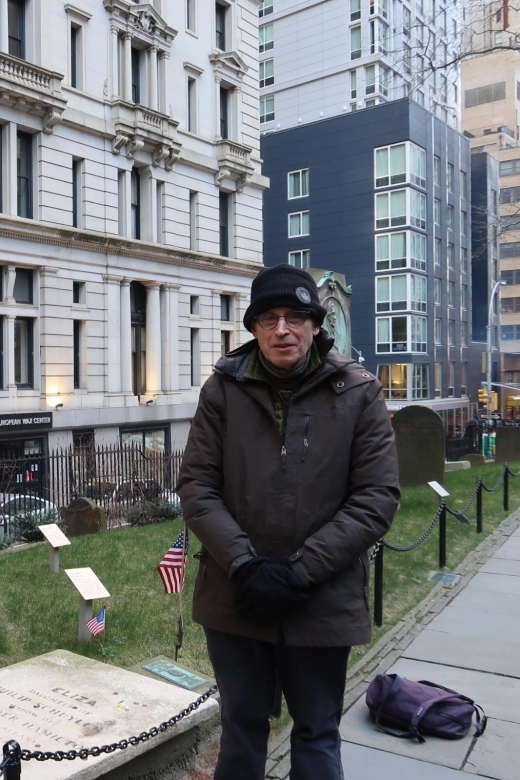
The History of Old New York
The Slave Market’s Influence on Growth
New York’s slave market played a significant role in the city’s economic development, fueling its transformation into one of the greatest commercial hubs in the world.
The lucrative slave trade provided a steady influx of capital, which was then reinvested into the city’s infrastructure and industries. This influx of wealth was a key driver behind the rapid growth of New York’s financial sector, including the hotel of the renowned Buttonwood Agreement and the rise of the stock exchange.
The slave market’s influence can still be felt today, as the economic power it helped build underpins much of New York’s modern success as a global financial center.
More Great Tours NearbyDevelopment of the Stock Market

The Buttonwood Agreement of 1792 laid the groundwork for the development of New York’s bustling stock market, which would go on to become a driving force behind the city’s rapid economic expansion.
The agreement, signed under a buttonwood tree on Wall Street, formalized the trading practices of the city’s brokers.
Over the next century, the market grew exponentially, attracting investors from around the world who sought to capitalize on America’s booming industries and burgeoning wealth.
The rise of the New York Stock Exchange transformed the city into a global financial hub, solidifying its status as one of the world’s preeminent economic centers.
This financial preeminence, in turn, fueled New York’s overall growth and development throughout the 19th and 20th centuries.
- All-Access 9/11: Ground Zero Tour, Memorial and Museum, One World Observatory
- Artistic, Alternative Greenwich Village Walking Tour
- Broadway Theaters and Times Square With a Theater Professional
- Brooklyn Bridge & DUMBO Neighborhood Tour – From Manhattan to Brooklyn
- Central Park Guided Pedicab Tours
- Central Park Highlights Small-Group Bike Tour
The Buttonwood Agreement
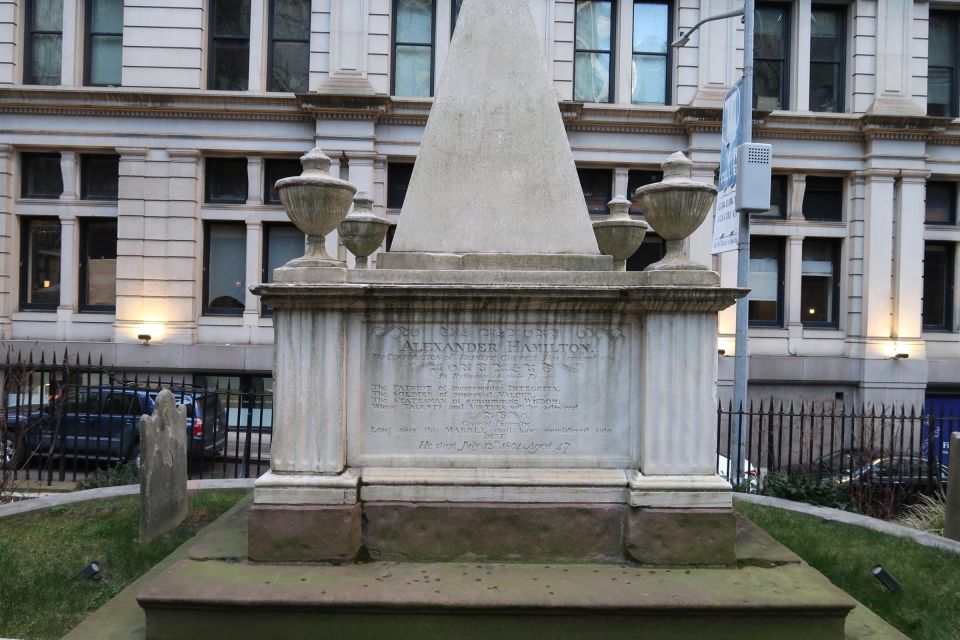
In 1792, a group of New York City’s leading brokers came together under a buttonwood tree on Wall Street, where they laid the groundwork for the city’s burgeoning stock market with the signing of the Buttonwood Agreement. This informal pact outlined the terms by which the brokers would conduct their business, including the commissions they would charge and the rules they would follow. The Buttonwood Agreement is considered a crucial step in the development of the New York Stock Exchange, which would go on to become one of the most influential financial institutions in the world.
| Significance of the Buttonwood Agreement | ||
|---|---|---|
| Established formal trading procedures | ||
| Set standards for broker commissions | ||
| Laid the foundation for the NYSE |
The American Indian Museum
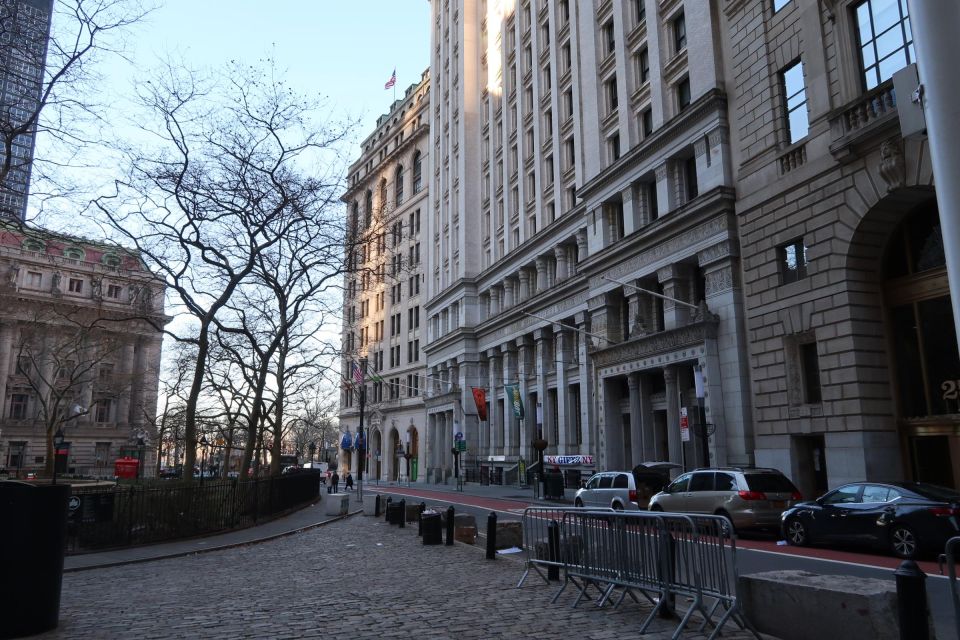
Located on the site of the former Dutch Fort, the American Indian Museum stands as a testament to the complex history of New York City, offering visitors a unique glimpse into the indigenous cultures that have shaped the region for centuries.
The museum’s exhibits explore the diverse traditions, art, and lifeways of the Native American tribes who inhabited the area long before the arrival of European settlers. Guests can learn about the Lenape people, who were the original inhabitants of Manhattan, and discover how their legacy continues to influence the city’s cultural fabric.
Through interactive displays and educational programs, the museum celebrates the enduring resilience and contributions of Indigenous communities, providing a valuable counterpoint to the dominant narratives of New York’s colonial past.
Alexander Hamilton’s Custom House
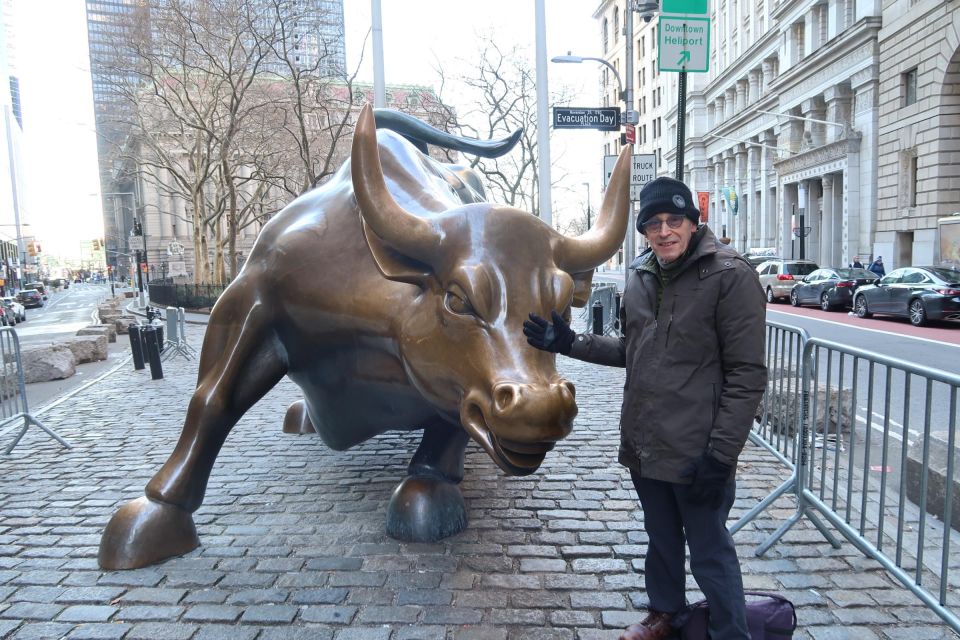
Stepping away from the American Indian Museum, the tour now focuses on Alexander Hamilton’s Custom House, a grand neoclassical structure that stands as a testament to Hamilton’s enduring influence on the economic development of New York City. The Custom House, completed in 1842, served as the headquarters for the Port of New York’s customs operations – a critical role in a city that was becoming America’s financial and commercial capital.
| Alexander Hamilton | Custom House |
|---|---|
| Architect | John Frazee |
| Architectural Style | Neoclassical |
| Significance | Headquarters for customs operations in NYC |
The Custom House’s impressive façade and strategic location highlight Hamilton’s vision for New York as a hub of commerce and trade, shaping the city’s future as a global financial center.
Frequently Asked Questions
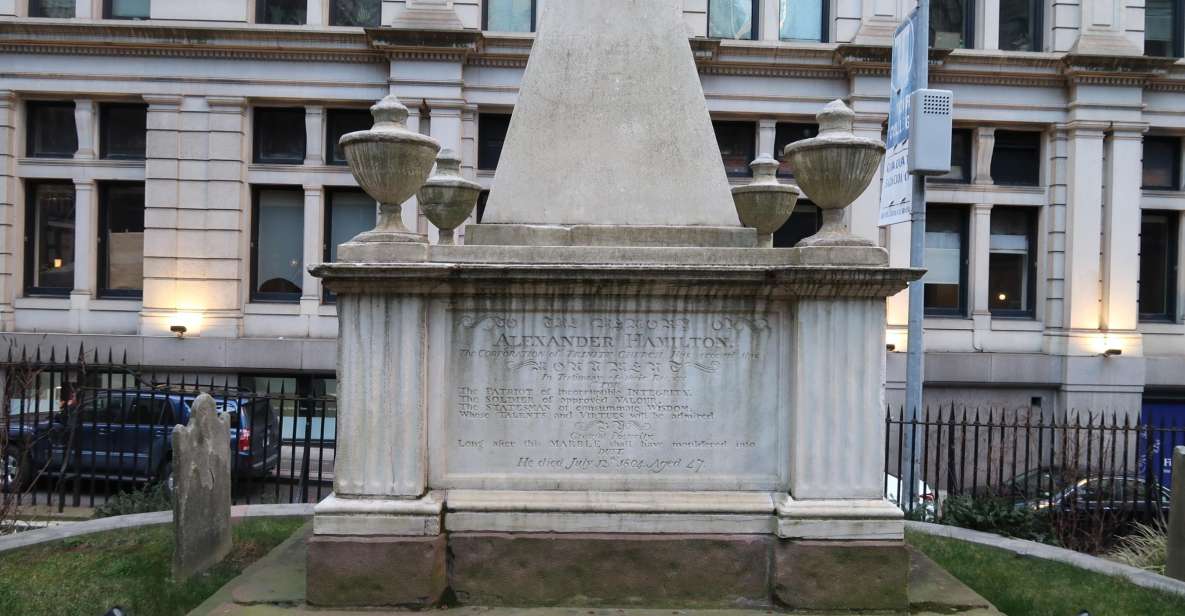
What Was the Currency Used in New York During Colonial Times?
During the colonial period in New York, the primary currency was the Dutch guilder. Later, the British pound sterling became the predominant form of money after the English takeover in the 17th century.
How Did Transportation Methods Evolve as the City Grew?
As New York grew, its transportation methods evolved from horse-drawn carriages and ferries to steam-powered boats, trains, and eventually subways and automobiles, reflecting the city’s rapid expansion and economic development over time.
What Industries Thrived in Pre-Revolutionary New York?
In pre-revolutionary New York, key industries included trade, shipping, fishing, and agriculture. The city’s strategic location on the coast and access to waterways allowed these sectors to thrive and contribute to its economic growth.
What Cultural Events Took Place in Colonial-Era New York?
Colonial-era New York was home to a vibrant cultural scene, with frequent theatrical performances, art exhibits, and social gatherings among the city’s elite. Prominent figures like Alexander Hamilton and Thomas Jefferson often attended these events, contributing to the city’s cultural legacy.
How Did the Population Demographics Change Over Time?
The population of colonial New York City grew steadily, evolving from a predominantly Dutch trading post to a diverse cosmopolitan hub with an influx of English, African, and other immigrant communities over time.
Recap
The history of Old New York is a rich tapestry of transformation, from a Dutch trading post to a global financial hub.
Through its pivotal role in the American Revolutionary War, the city’s character was forged by influential leaders and diverse cultures.
The slave trade and stock market development fueled its meteoric rise, solidifying New York’s place as a cornerstone of American history.
Today, the city’s legacy continues to shape the nation, a testament to its enduring impact.
You can check availability for your dates here:More Historical Tours in New York City
- American Museum of Natural History Admission Ticket
- NYC: Lower East Side Devour Food & History Walking Tour
- WWII and American War History Private Tour in New York City
- Financial District Walking Tour History, Culture, and Landmarks
- Chinatown: Deep History, Everyday Life, and Restaurants
- New York: Rock and Roll History and Culture Walking Tour
More Tour Reviews in New York City
Not for you? Here's more nearby things to do in New York City we have reviewed
- Gilded Age Midtown with Asian Culinary Delights Walking Tour
- NYC: Holiday Lights Guided Bus Tour
- Private Classic Sailboat Tour in New York City
- From NYC: Boston and Harvard University Guided Day Tour
- New York City Times Square Photoshoot
- Private Midtown Manhattan Art and Architecture Walking Tour
- “The Met” Metropolitan Museum of Art Exclusive Guided Tour
- New York City: Flying Dress Photo Shoot
- Private Transfer from Manhattan Port to New York Airport (JFK)
- NYC: Rockefeller Center Tour with Optional Top of the Rock
- Discover Jackson Heights on foot: Little India, Colombia and Puebla York.
- West Side Story Movie Locations Private Tour in New York
